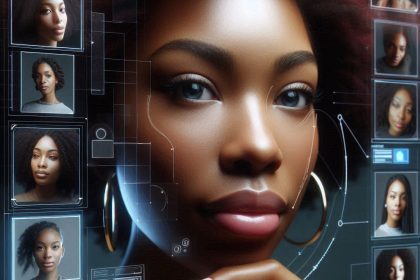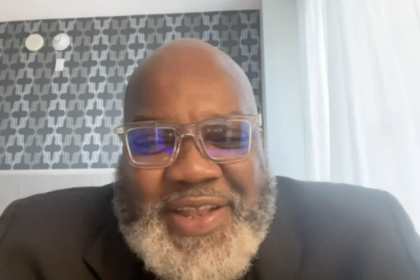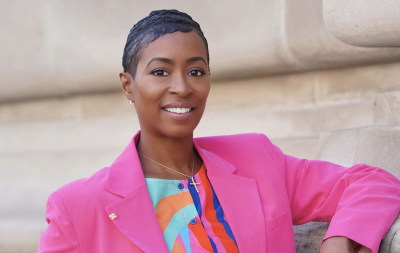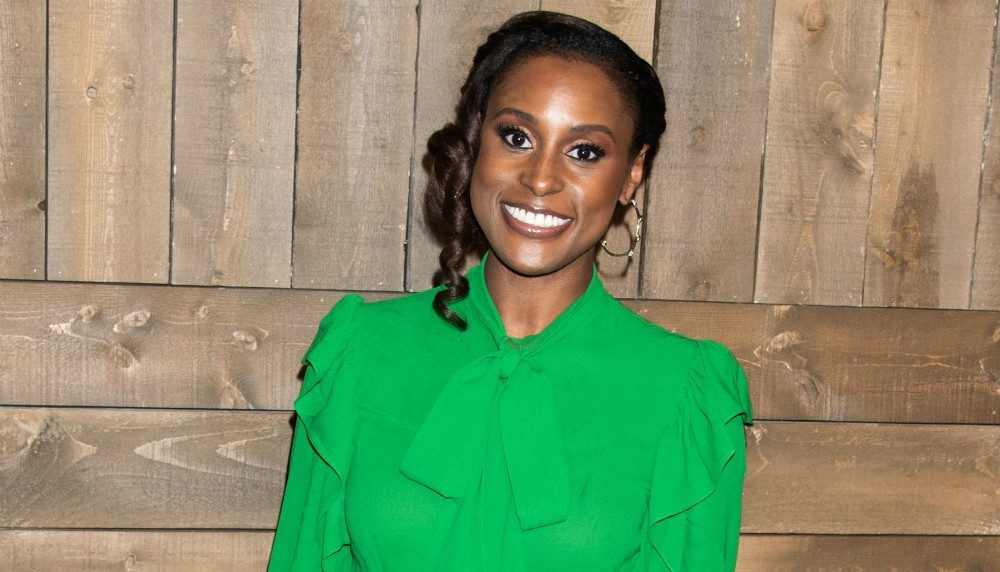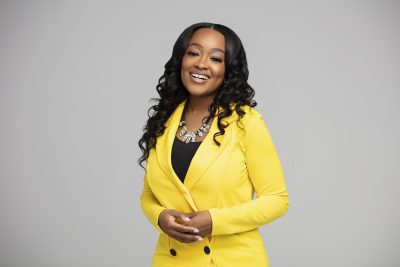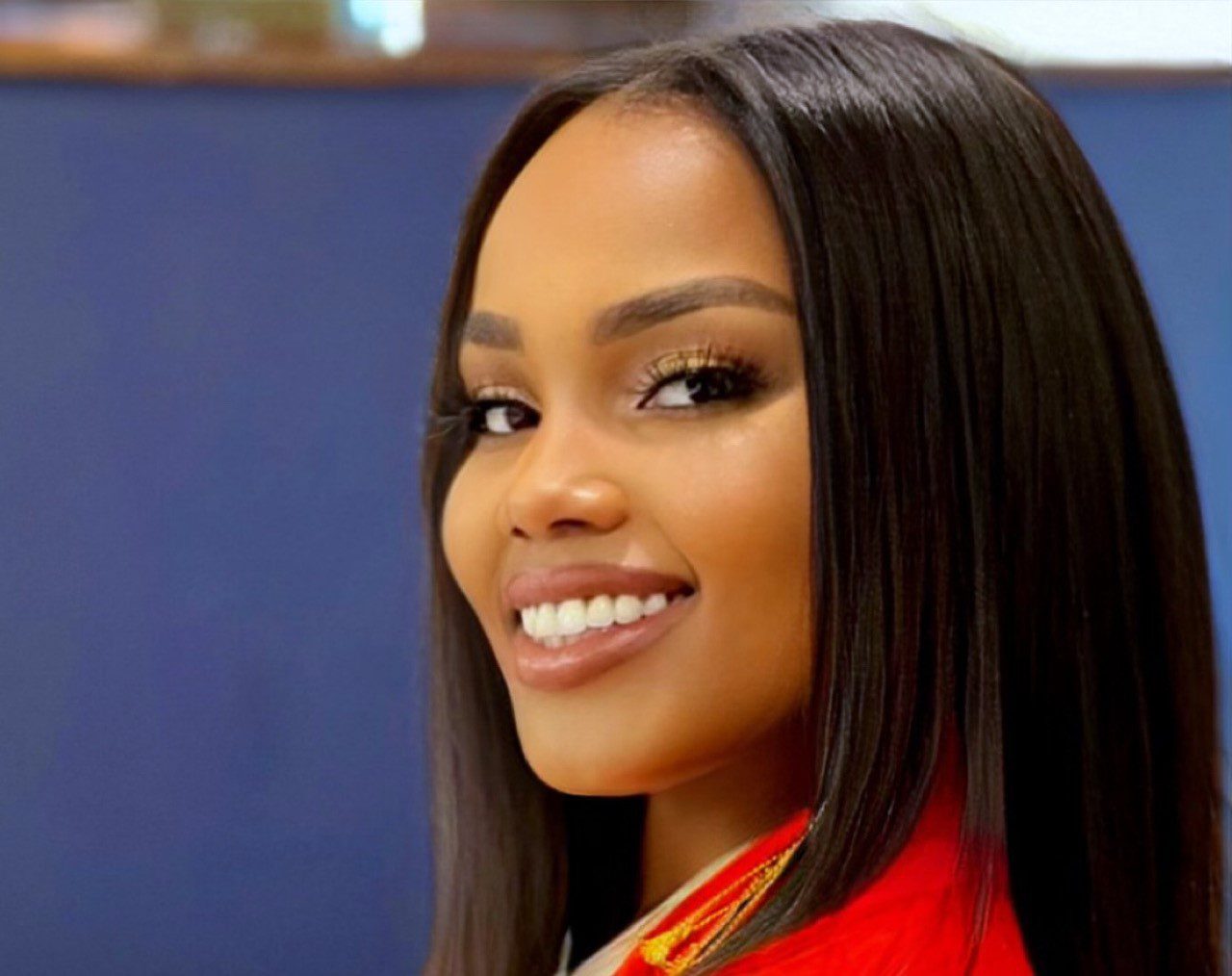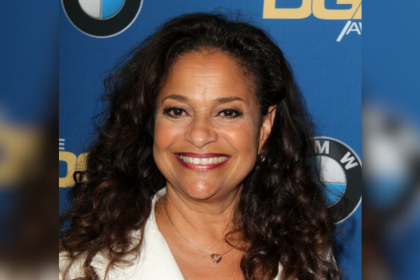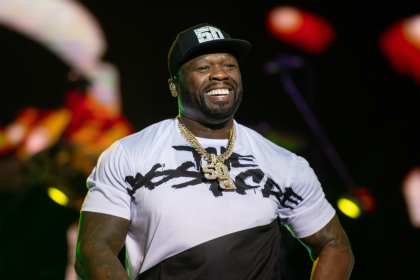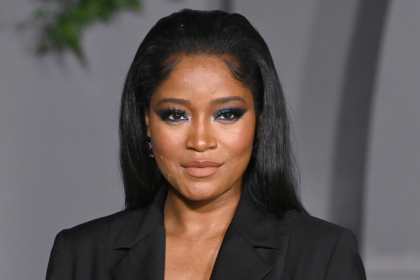
The power of Black American consumers can no longer be ignored. During the 45th Congressional Black Caucus, Nielsen released the report Increasingly Affluent, Educated and Diverse: African-American Consumers — the Untold Story, which details how Black households consume and influence media.
Neilsen’s Cheryl Pearson-McNeil recently shared how the report debunked stereotypes and revealed the role diversity will play in the future.
The report Increasingly Affluent, Educated and Diverse: African-American Consumers — the Untold Story is a very empowering tool that provides intellectual capital for the African-American community. What will be the overall impact of this report?
What we hope is that both companies and consumers will take a look at the report, read through it, and have a better understanding of the black consumer base and the fact that African Americans are not a monolithic group. There are various parts of our population segment that are really quite unknown to some of us and we wanted to share that. The important thing to know is how young our Black population is. And the fact that more than 53 percent of the Black population is under the age of 35, because the 18-34-year-old age groups are what marketers and advertisers tend to covet. The opportunity to get an interest in a company’s product or brands when somebody is really young means they could stay with the brand for the rest of their life. That’s one of the things that I think is important to note. The average median age for Blacks is 31 years old where the median age for non-Hispanic whites is 39 years old. So you can see we’re much younger.
Year 2014-2015 was a big year as far as TV was concerned. We had so many African American shows that performed well. How did shows like “Empire,” “Scandal,” “How to Get Away With Murder” and “Black-ish” impact the TV landscape?
In 2014-15, it was a transformative television season. What we found was that there were a lot of hit shows that featured culturally relevant African American themes and characters. And one of the reasons the shows did so well was because the African Americans that were watching them really relate to them. When we take a look at “Empire,” “Scandal,” “How to Get Away With Murder” and “Black-ish,” all of the shows that were really top hits last year were popular because we were able to finally see people who looked like and act like us.
When it comes to music, we see how powerful it is in the Black American community. What did the report reveal about how Blacks are consuming music?
Blacks listen to the radio more than any other race and the average person listens to over 60 hours a month. The drive time Mondays thru Fridays 3-7 p.m. is the top listening time. The genre that we tend to listen to is contemporary urban, hip-hop. We get to music in a lot of ways. We have traditional radio, live streaming, etc. So we talked a little bit about who’s most likely to listen to traditional radio, streamed music, online, download. There are so many different ways that you can now listen to radio, but the global arch it seems is that regardless of how we listen to radio, Blacks tune in at higher numbers than any other group.
How do brands use this data?
Everything is about advertising, so the more people you have who are watching your show, [the] more likely [that] they are going out and buying products that are advertised during that show. And so you want a higher level of viewership. It’s really important for brands to understand that, A. Blacks drive a lot of pop culture (73 percent of Whites and 67 percent of Hispanics say that they think Blacks heavily influence pop culture) and, B. when you’re talking about that level of viewership, you’re driving products that are being sold and that’s what it’s all about.
When you have shows such as “Empire” or “Black-ish,” are Black-owned companies getting an opportunity to benefit from what’s going on in that space?
That’s one of the reasons why we do the report is so that we can share with advertisers, marketers and corporations about the buying power of African Americans. They won’t assume that just because we speak English and there are no language barriers that they can just reach us with the general market approach. They need to understand what connects with us and our cultural nuances. Because the dollars that are being spent on media ads that focuses on what is spent on consumers is not in sync with our consumption patterns of behavior.
What are some of the things, from a numbers standpoint, that were kind of surprising for you?
The surprising thing for me was the education growth that we saw in 2014. Over 70 percent of Black high school graduates enrolled in college. That is not a story that you hear very often. And not only did you have this high level of Blacks who graduated high school enrolling in college, that percentage exceeded both percentages of whites and Hispanics. But we’re not done yet. We still have a long way to go because we have 29 percent of the population who isn’t going to college.
What do you want the Black community to know about Nielsen and what should the Black community understand about this report?
Nielsen is a measurement company. We’re global, but we understand the importance of the changing diversity assignment in the United States and we want to make sure if you’re ever asked to participate in a study or survey you say yes because Nielsen knows that you matter. Nielsen knows when we talk to consumers and they tell us how they’re spending their time and money we give that information right back to the company whom pays us for that information. So if we’re going to go back to that company and tell a holistic consumer story, we have to tell the Black consumer story as well and the only way we can do that is if you participate.

